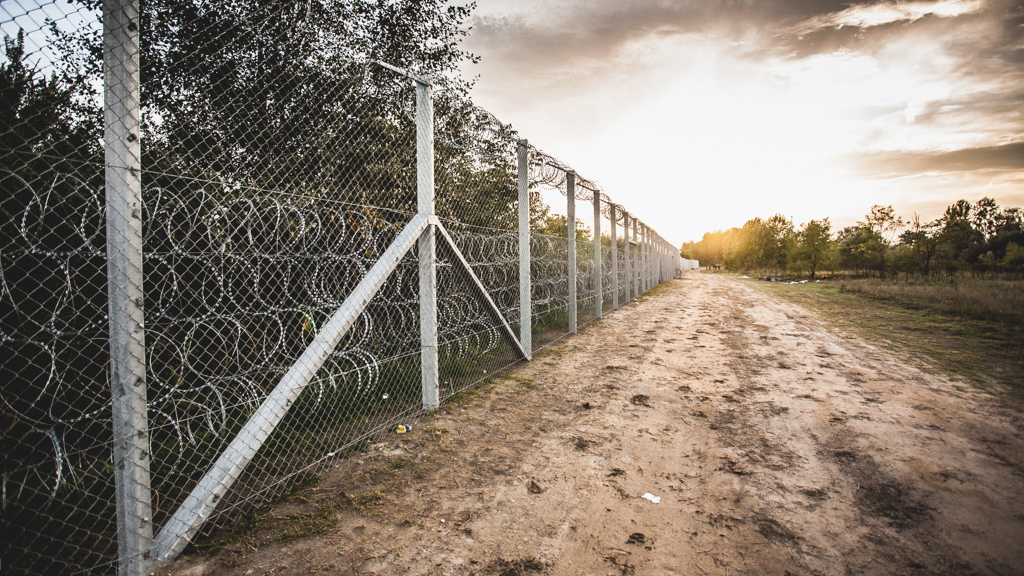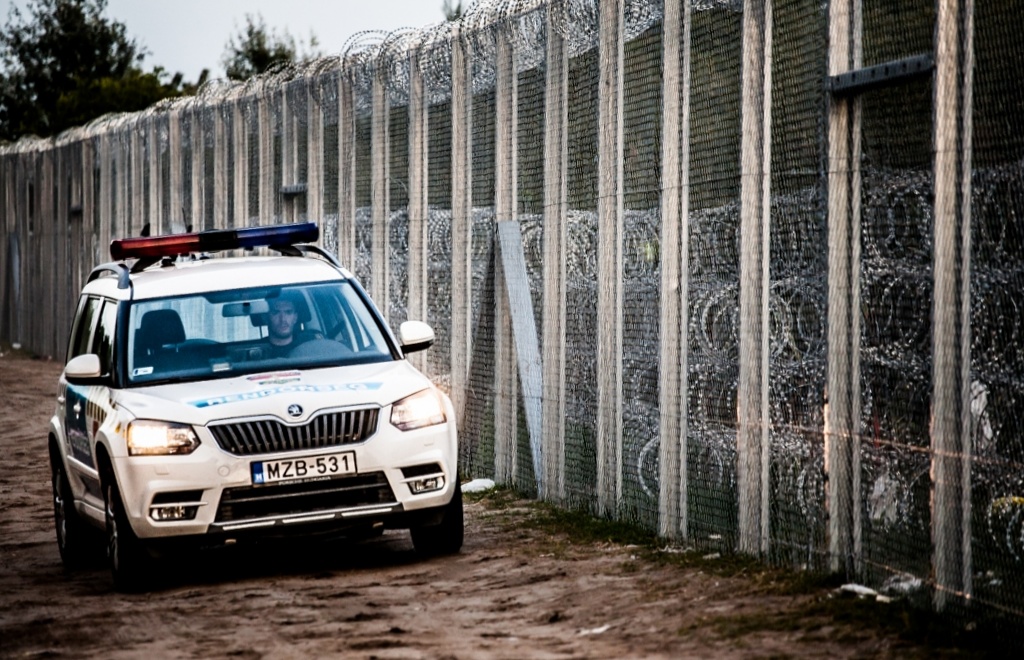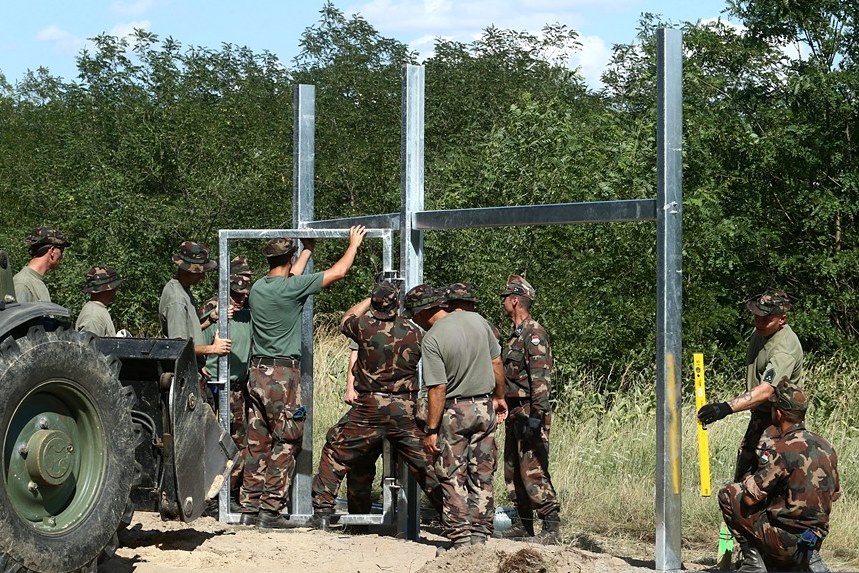
The EU has launched numerous proceedings against Hungary over migrants, including the case that resulted in Hungary being fined one million euros per day.Continue reading

Ten years ago, on July 13, 2015, Hungary began construction of the southern border fence. The border fortification erected along Hungary’s southern section was a response to increasing migration pressure and remains a central point of contention within the European Union to this day.
Mandiner recalls that Hungary’s measures have been consistently criticized by the EU institutions. Both the European Commission (under Jean-Claude Juncker and later Ursula von der Leyen) and the European Parliament reject the fence and refuse to provide funding. They argued that sealing off the border contradicts the spirit of the EU. The diplomatic services of several Member States, led by Romania, were also against the Hungarian decision.
The Hungarian Government under Prime Minister Viktor Orbán justified the construction with the untenable situation in the spring of 2015, Magyar Idők looks back on the circumstances. After a national consultation on migration was initiated, Orbán announced on June 12, 2015, the possibility of a complete physical border fence. Five days later, the government instructed Interior Minister Sándor Pintér to prepare for the closure of the 175-kilometer Hungarian-Serbian border with a four-meter-high fence.

Photo: Wikipedia / Gémes Sándor/SzomSzed
Construction work officially began on July 13, 2015.
Although completion was originally planned for November 30, the government significantly accelerated the project. Orbán announced on July 25, that the border fence would be completed by August 31.
A team of 3,800 soldiers was deployed to speed up construction work, supplemented by workers from public programs. The Hungarian Defense Forces reported the completion of the first section on the Hungarian-Serbian border two days ahead of schedule.
The barrier system on the Croatian-Hungarian section was completed by October 15.
Statistics show that illegal border crossings have declined since 2015, but remain significant, as reported by Origo. After a period of relative calm following the construction of the fences, the trend has worsened again in recent years.
The Hungarian police recorded the following numbers of cases of illegal entry attempts that required action to be taken:
The figures from the National Police Headquarters (ORFK) are recorded as case numbers and not as numbers of individuals, meaning that the same person can be recorded multiple times.
However, the data shows that illegal migration places a considerable burden on the border protection system, the police, and the courts.
In comparison, the number of asylum applications from actual refugees is extremely low: in 2023, there were only 31, and in 2024, only 29.
In addition, the authorities document a high number of related crimes. In 2022, 70,295 crimes related to illegal migration were recorded, in 2023, there were 65,795, and in 2024, the number was 36,353.
Via Mandiner, Magyar Idők, Origo; Featured image: Wikipedia / Bőr Benedek